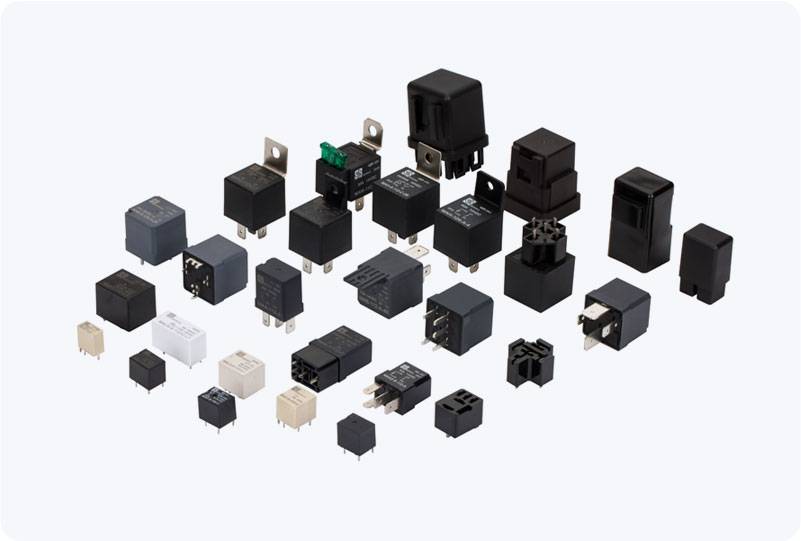understanding the electromechanical relay: a key component in modern electronics
Release time:2025-04-30 07:56:58
The electromechanical relay is a fundamental component used in many electrical and electronic systems, serving as a versatile switch to control the flow of current in a circuit. It plays a crucial role in applications ranging from simple household devices to complex industrial systems. By harnessing the magnetic field created by electrical currents, an electromechanical relay allows for efficient switching without requiring direct manual intervention. This article explores the working principle, applications, advantages, and limitations of electromechanical relays, providing a comprehensive understanding of this essential technology.

What is an Electromechanical Relay?
An electromechanical relay consists of a coil, a set of contacts, and an armature that connects the contacts when the relay is activated. The coil is energized by an electrical current, creating a magnetic field that pulls the armature, closing or opening the contacts, depending on the design. This switching action allows the relay to control the flow of current in a circuit, often acting as a control device for larger electrical loads using smaller control signals.
Working Principle
The operation of an electromechanical relay can be understood by considering its components and their interactions. When a current is passed through the coil, a magnetic field is generated. This magnetic field attracts the armature, which is a movable part of the relay. The movement of the armature causes the contacts to either open or close.

